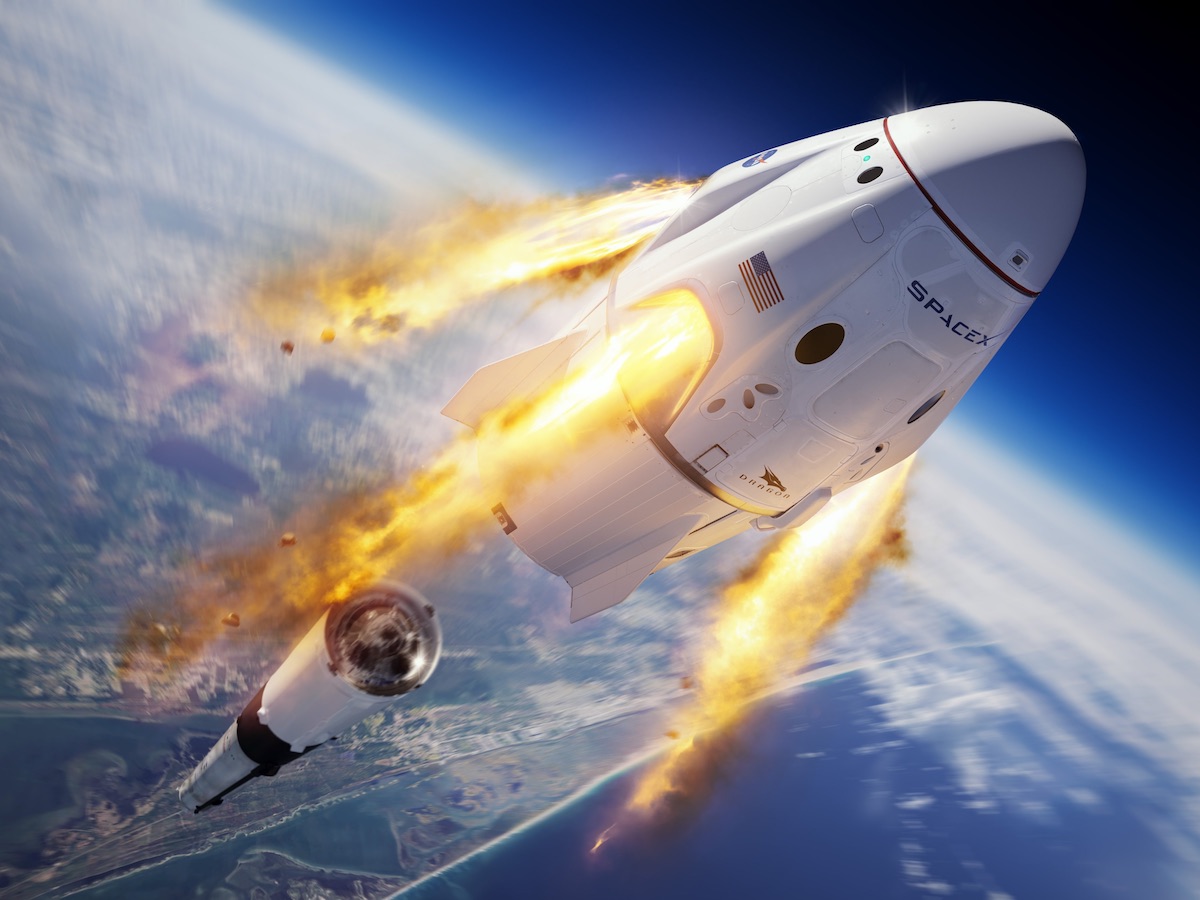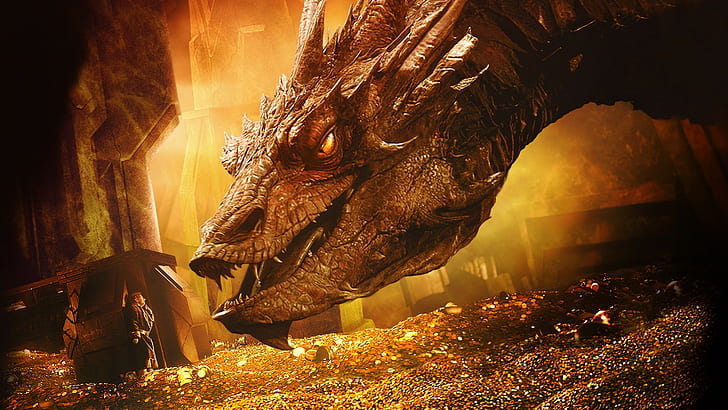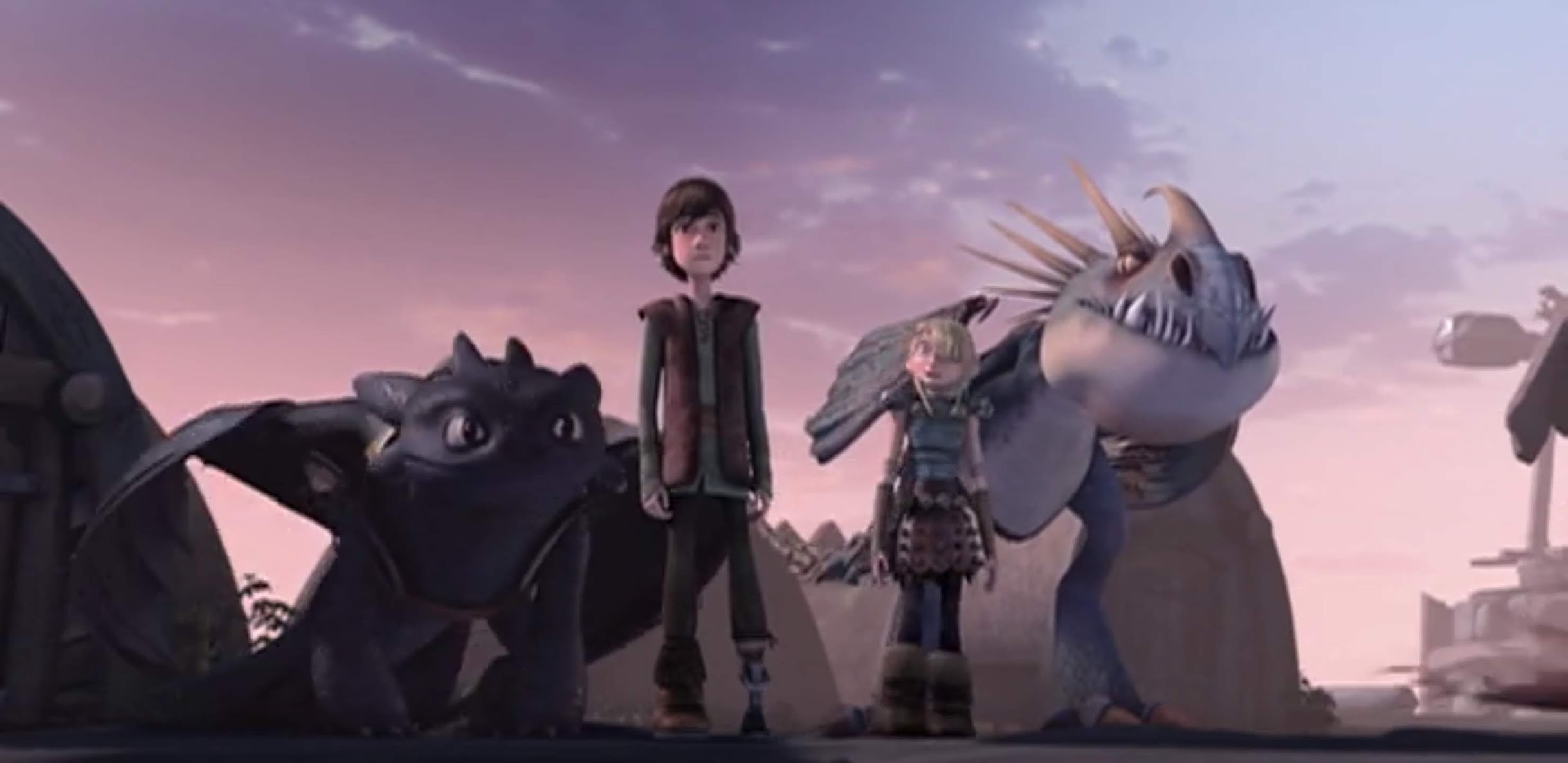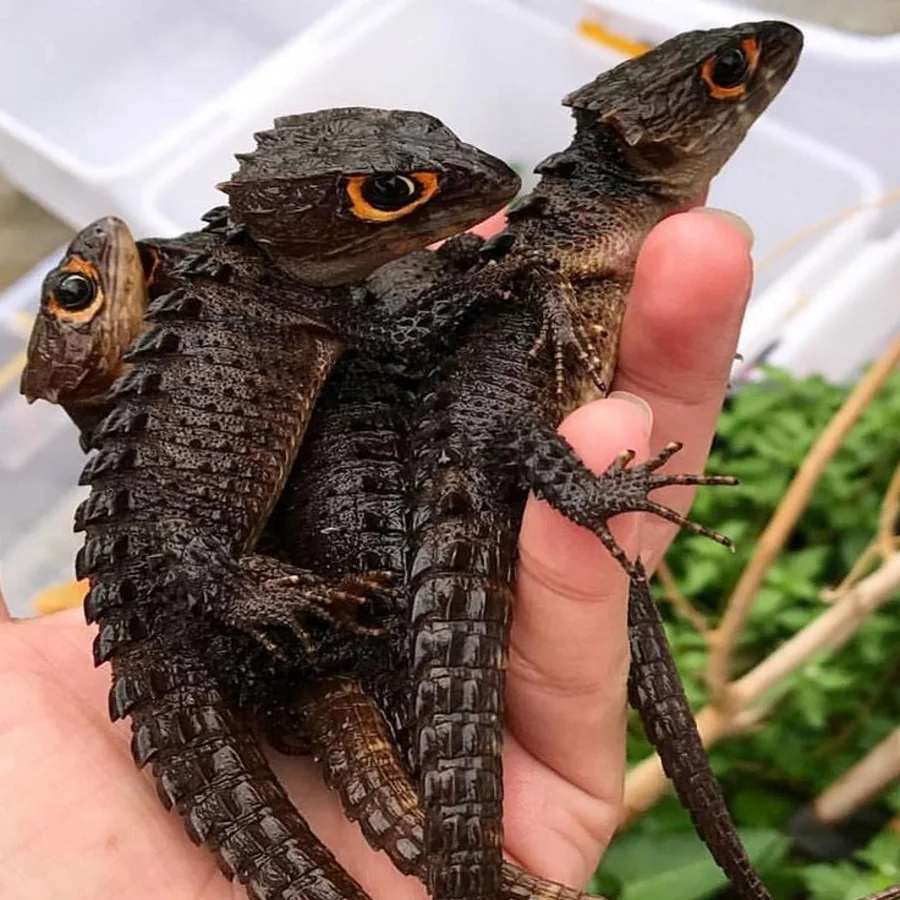Dragon Classifications
We see many different kinds of dragons 'in the wild', however the term "Dragon" can be very ambiguous. How do you specify what kind of dragon you see? What does it look like to you?
< Last | Next >
From bearded dragons to Snapdragons and from Nadders to Nightmares, there are many different kinds of dragons in this world, but when we see a dragon 'in the wild', what makes it different? How do you describe such a glorious beast as just the term "Dragon" can be very ambiguous. When you hear the word "Dragon", you may know roughly what one means, but there are so many different types of dragons, sometimes just this one single label fails to tell others what you mean. The term "Dragon" may refer to anything from a four legged plasma shooting Night Fury, to the CrewDragon capsule built by SpaceX. This broad meaning can mean that when talking about dragons, one can never be quite sure if the person they are talking with is on the same page, as no matter how restrictive the subset, there can still be vast and wild differences. Due to this, i have decided to share my thoughts on classifying dragons, and what features i look for when working with them.
The first identifier i use is pretty straight forward. Living or Non-Living. This is more about it's "perceived use", for lack of a better word, rather than whether or not it is strictly "alive". Toothless from How to Train Your Dragon would classify as "living", despite his fictional nature, as would the dragon on the Welsh flag. Neither creature actually exists, as much as i would prefer otherwise, but as both are used to represent an animal, they would both classify as living to me. In contrast, the CrewDragon spacecraft, and Snapdragon CPU processors will both count as "non-living" despite both being real things you can go out and see yourself. This article will focus on only the living category, as to cover everything, we would need to be here all night.

The next distinction i wish to make, is to bring back a term you may already know. Is the dragon in question a Traditional, or a Wyvern? The old english term 'wyvern' refers to the number of limbs a dragon has. Although i have seen this term narrowed down, with other distinctions used for smaller categories, i personally tend to hold the wider description. Traditional dragons, in this context anyways, are creatures with six limbs or more. Think of Smaug from The Hobbit, and for the wyvern with fewer, think of Smaug from The Hobbit (explanation). All jokes aside, for some more clear examples of each of these categories, the dragon on the logo of Lindt chocolate would be a wyvern as would the Deadly Nadder, and Monstrous Nightmare, from Dreamworks Dragons. In contrast, Spyro from the game of the same name, the Night Fury from Dreamworks Dragons, and the Welsh dragon would all be considered 'traditional'. There are of course some less clear examples of unconventional dragons we have seen in film and TV. To choose a couple of these less clear examples, both from Dragons: the nine realms, the Timberjack, with only two wings and no legs at all, i would classify as an unconventional wyvern, whereas the Deadly Spinner, with two wings and eight legs, for a total of ten limbs would classify as an unconventional traditional dragon.
This does lead to the slightly amusing scenario where dragons that exist within the bilogical constraints of our world are not called 'traditional', but instead the ones that do not conform to our understanding of nature. If you don't understand what i mean, take a moment to think of any animal in nature, insects and arachnids aside, that has six limbs or more.
The next classification is texture, or more precisely, is the dragon in question "spiky" or "smooth". This is probably the most subjective category of them all, but it's generally easy to come to a rough agreement on to which side of the line any dragon in particular flies. Smaug, both four legged and not, to me would be considered "spiky" due the large horns and countless protrusions on his head and body. The same would be true for Rhaegal and Drogon from Game of Thrones, Alduin from Skyrim, and The Bewilderbeast from How to Train Your Dragon. On the other hand, Falkor from The Neverending Story, Charizard from Pokemon, and Toothless from How to train your dragon, would all be considered "smooth". There are of course some less clear examples too. I would classify both The Deadly Nadder and the Monsterous Nightmare as smooth, despite their large spines, but the Ender Dragon from Minecraft with its perfectly flat edges, i would classify as spikey due to its many hard angles.

Next lets look at color. I am not referring to color such as one dragon is brown, or another is red, but rather wether or not it's coloring contains countershading. For those who do not know, countershading is a means of passive camouflage in which an animal's coloration is darker on the top and lighter underneath. In nature this is done because light generally comes, more or less, straight down from the sky, and so while the top of an animal tends to be well lit, its underbelly tends not to be. By having this slight difference in color, from a distance, the animal's color appears more uniform making it more difficult to spot by both predators and by prey. Countershading is more often than not only seen on diurnal creatures, rather than nocturnal ones, but is quite common in our world. Most of the dragons within the Dreamworks franchise have this countershading, with only the two furies, the eruptodon, and a handful of other dragons not presenting this coloring. In contrast, almost all of the dragons from the movie Eragon do not have countershading, instead being almost uniform in color.
Finally, the last distinction i wish to mention is scale texture. This is a category that can have a lot of unique variation. Some dragons have small scales. Some dragons do not. Others have fine scales fitted looseley together, and others have thick overlapping scales. Still more have rough scales, and others have neatly packed scales, with many more dragons having a mix of them all. Some rare dragons don't have scales at all, having instead fur, feathers, or just bare skin, but most dragons we see in film and TV have many thick armored scales similar to what you might expect on a pangolin. There are of corse many exceptions to this, with a couple of notable examples being Falkor from The Neverending Story, and the Armorwing from Dreamworks Dragons, with the former having thick fur, and the latter having nothing at all.
As you can see, there are many different ways to categorize dragons, but these are the distinctions i use when observing the dragons in my life. Hopefully now when you come across a wild dragon for yourself, you will better be able to categorize it, and have the tools to better express yourself with what made your dragon special to others.
The world is full of dragons. All you have to do is look for them. Remember to take note of the dragons you find in your life, and to share the dragons you find. Dragons may turn up when you least expect them. To that end, i shall leave you with a picture of a handfull of baby dragons i found online the other day. Enjoy!

(Red-eyed Crocodile Skinks)
